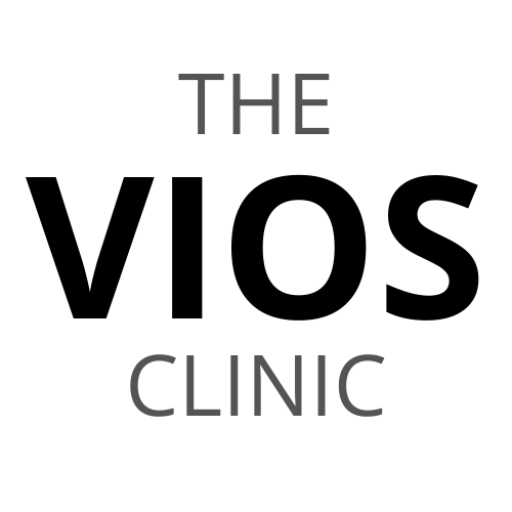In the land of opportunity, where access to quality healthcare is often touted as a fundamental right, an unsettling reality persists: middle-class Americans are grappling with the highest rates of medical debt burden.
Despite having health insurance, this demographic finds themselves trapped in a seemingly never-ending cycle of mounting bills and crippling costs. As healthcare expenses continue to soar unabatedly, it raises profound questions about the state of our healthcare system and challenges conventional notions about financial security in a nation that prides itself on its middle class.
According to the data, it was found that middle-class families had the highest rate of medical debt. In 2023, the average income for a typical family of three in the middle class ranged from $50,000 to $100,000. In 2020, nearly a quarter of middle-class families (23.5 percent), which is equivalent to 17 million families, had outstanding medical bills that they were unable to pay in full. This percentage was
In comparison to higher-income families, middle-income families often struggle with the financial burden of high deductibles and other out-of-pocket costs, resulting in medical debt. Within the middle-class population, disparities in medical debt are evident across different racial groups.
Approximately 38 percent of Black middle-class individuals and 25.2 percent of Hispanic middle-class individuals experience medical debt, while only 20.4 percent of White middle-class individuals and 16.6 percent of Asian middle-class individuals face similar challenges. Furthermore, the percentage of Black middle-class individuals with medical debt is significantly higher than that of both low-income and high-income Black individuals.
Medical debt affected middle-class families across various education levels. Notably, individuals without a high school diploma accounted for 27 percent of those with medical debt, while high school graduates represented 26 percent. Similarly, people with some college experience comprised 25.5 percent and those with a Bachelor’s degree made up 16.5 percent of individuals facing medical debt.
In terms of age groups, middle-class individuals consistently faced higher rates of medical debt compared to other socioeconomic groups except for seniors aged 65 and older. Interestingly, among this senior population, lower-income adults experienced the highest rate of medical debt despite having the lowest overall rates within their demographic group – likely attributed to their Medicare coverage.
There is an emerging trend for some people to purchase supplementary healthcare coverage, in the form of out-of-pocket membership plans with small cash-pay private practices.
These out-of-pocket membership plans offer a range of benefits and services that are not typically covered by traditional health insurance policies. With rising healthcare costs and limited access to quality care, many individuals are seeking alternative options to ensure they receive the comprehensive care they need.
One of the main advantages of these supplementary healthcare coverage plans is the direct access they provide to small cash-pay private practices. Unlike larger medical facilities, these practices often have fewer patients, allowing for more personalized attention and longer appointment times.
Direct care contracting with a physician, who have opted out of Medicare and do not necessarily bill their services to third party payors, is seen to be a cost-effective method for desperate and chronically ill patients to get much needed personalized care.
By engaging in direct care contracting, patients can bypass the traditional healthcare system and establish a more direct and personalized relationship with their physician. This approach offers numerous advantages for both parties involved.
For desperate and chronically ill patients, direct care contracting provides an opportunity to receive the specialized attention they require. These individuals often face complex medical conditions that demand extensive time and individualized treatment plans.
In the face of a looming recession and escalating healthcare costs, Americans are increasingly seeking cost-effective solutions to regain control of their health. Direct cash-pay care offers a potentially viable option for those looking to bypass the complexities and exorbitant expenses associated with traditional insurance plans.
This model allows individuals to directly pay for medical services, eliminating the need for third-party involvement and reducing administrative overheads. By streamlining the payment process, cash-pay care providers can offer more affordable and transparent healthcare options.
As we navigate uncertain economic times, it is crucial that individuals explore alternative avenues like direct cash-pay care to ensure they can access the necessary medical attention without breaking the bank or compromising their well-being.
BLOG AUTHOR
Dr. Ismail Sayeed
Dr. Sayeed is the Medical Director of ViOS, Inc. He is a deeply committed physician entrepreneur & medical blog writer. While building the global infrastructure of the VIOS Clinic, he is dedicated to educate people on the potential of specialist telemedicine for managing chronic diseases.
Read more about him in his author bio

